I.9 In Terms of Geography
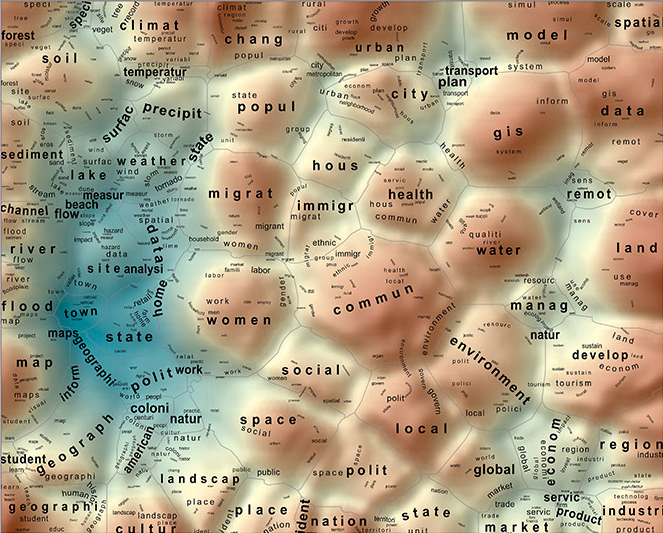
X.9 Exploring the Relationships between a Map of Altruism and a Map of Science
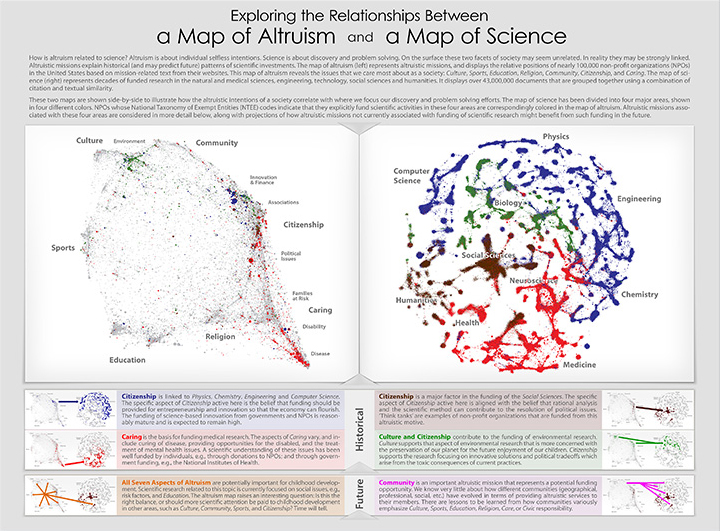
III.8 Science-Related Wikipedian Activity
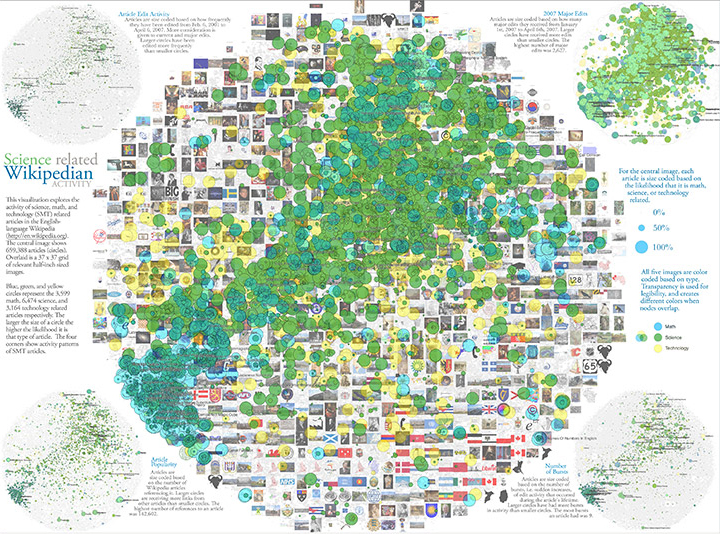
SciTech Model of the PubMed Literature
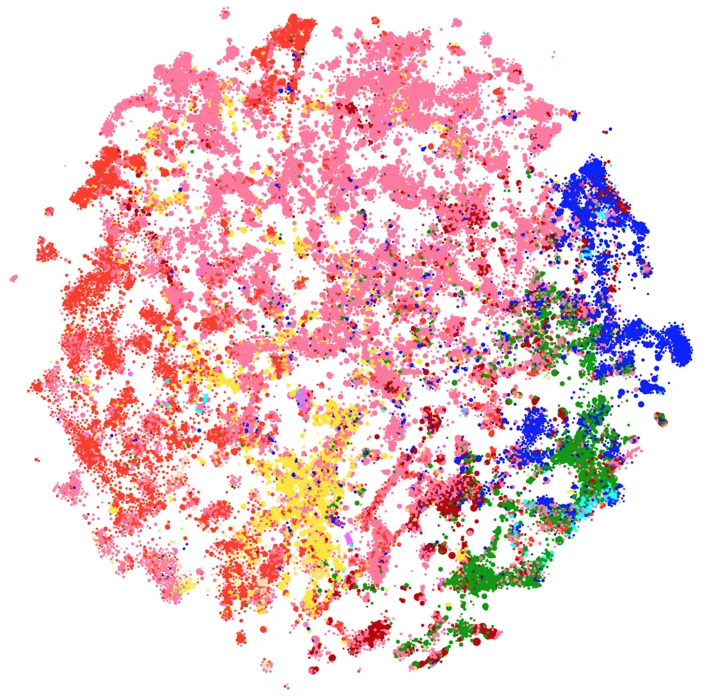
GD 2019 Metropolis
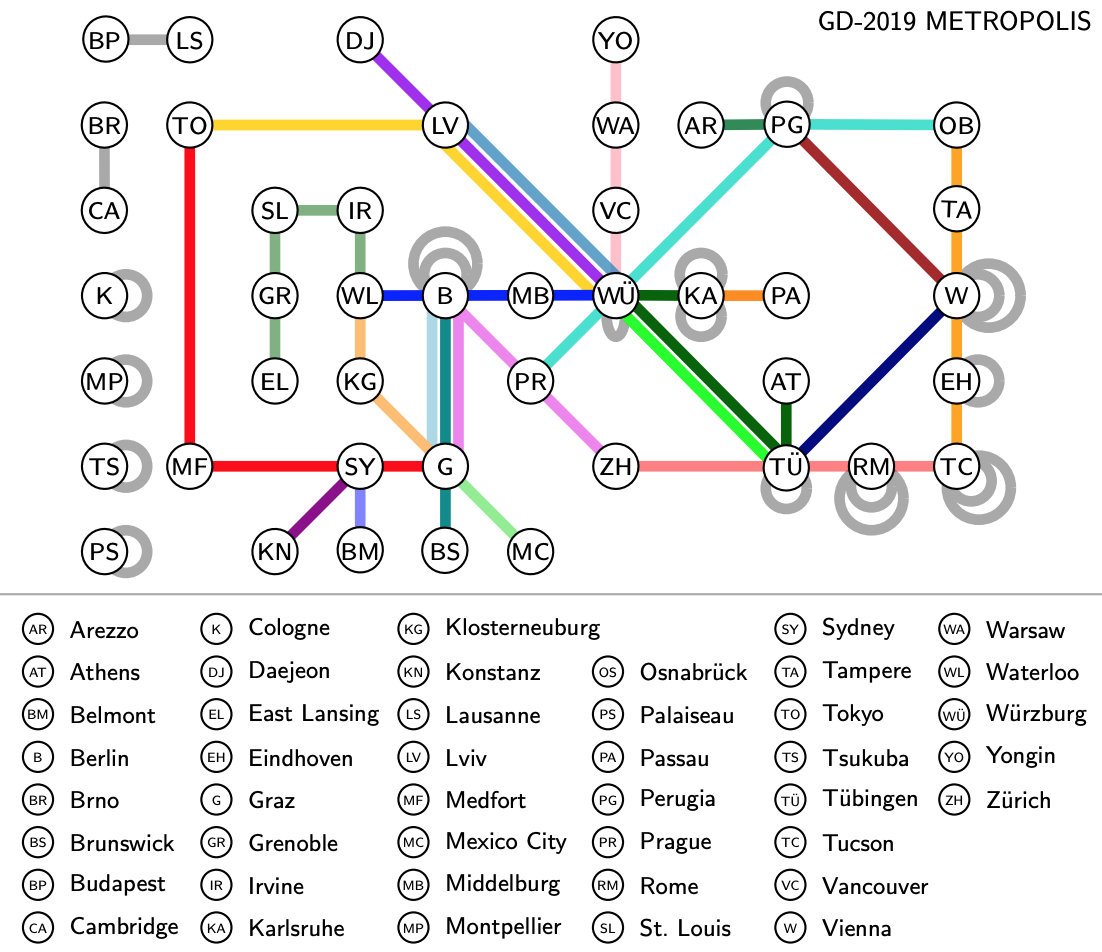
World Map of Recipes
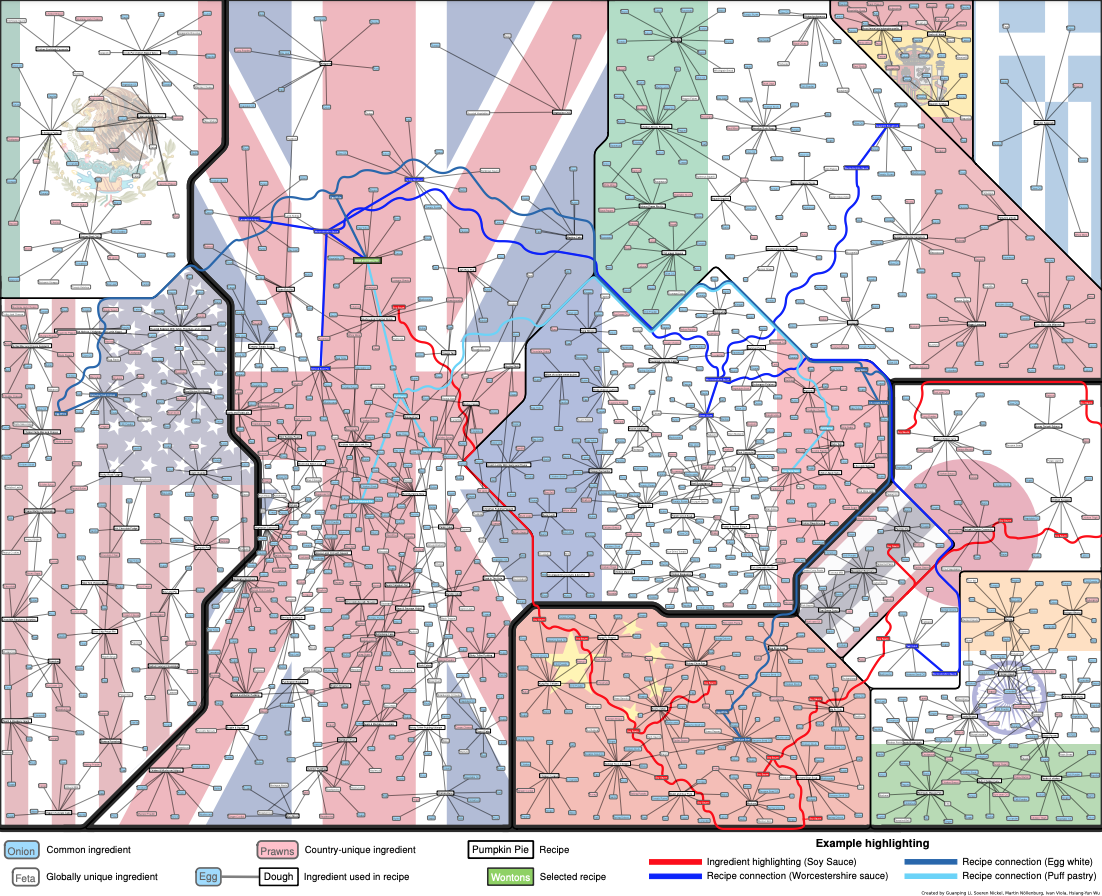
40 Years of Glyphosate Research
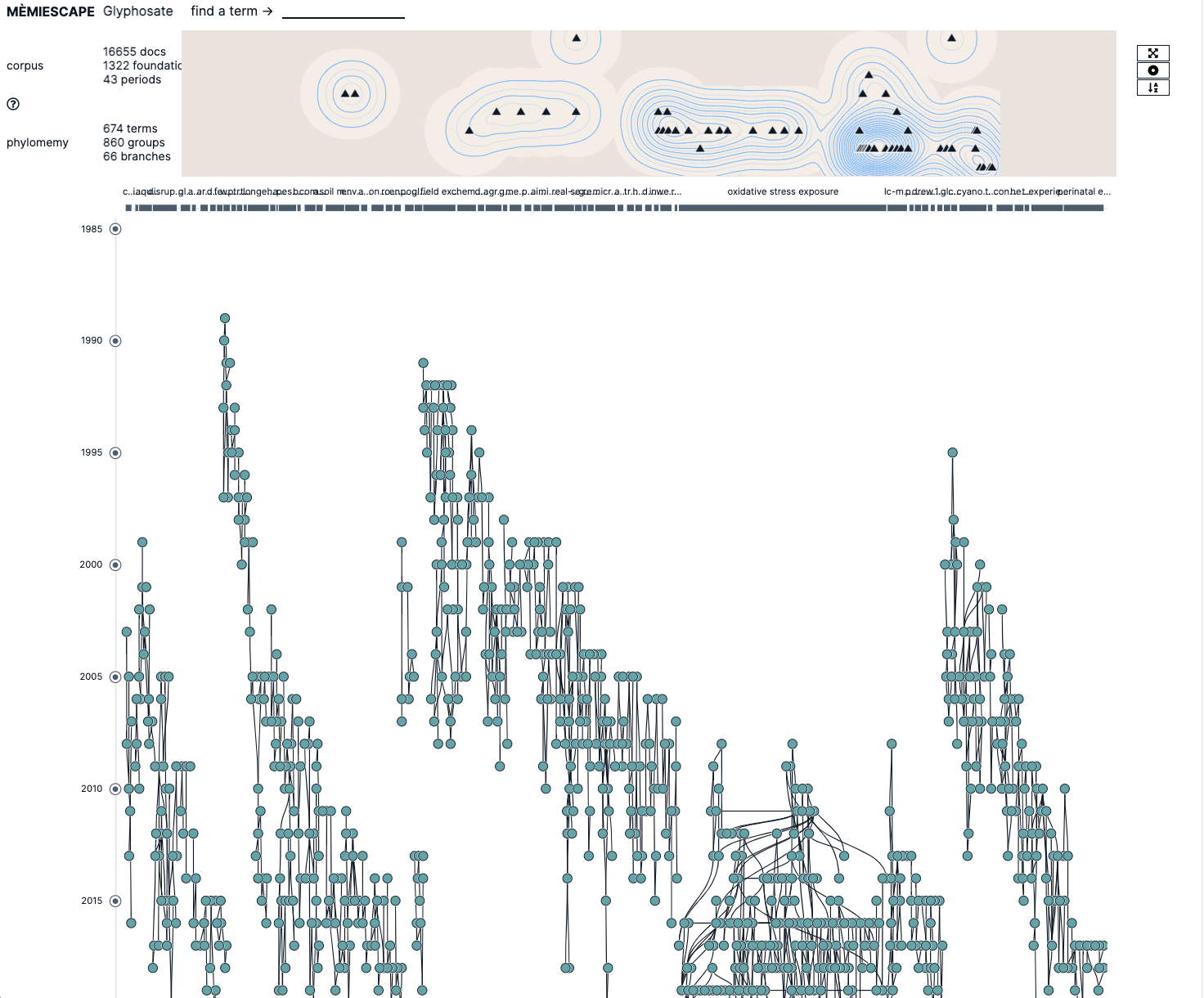
❮
❯


